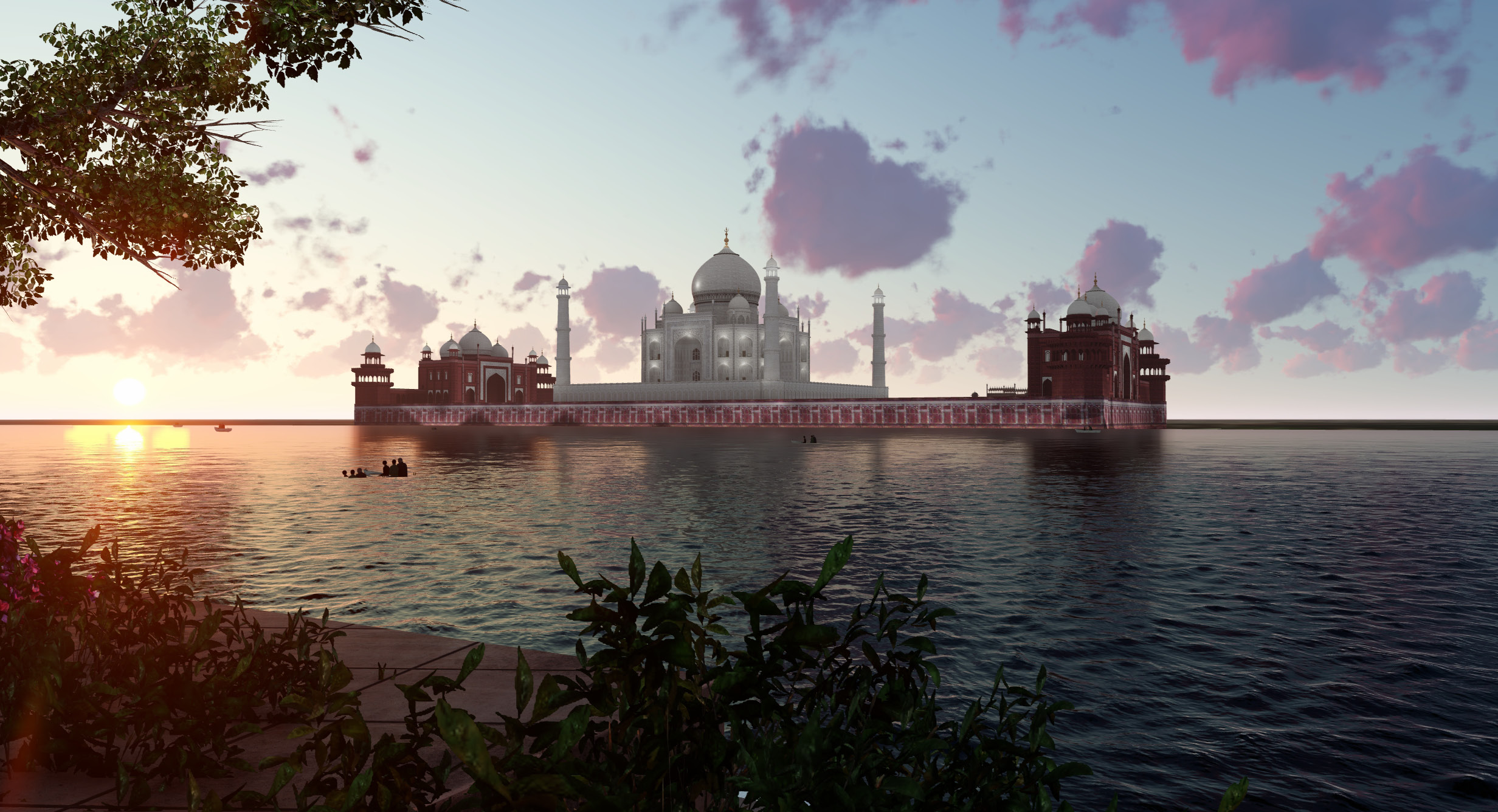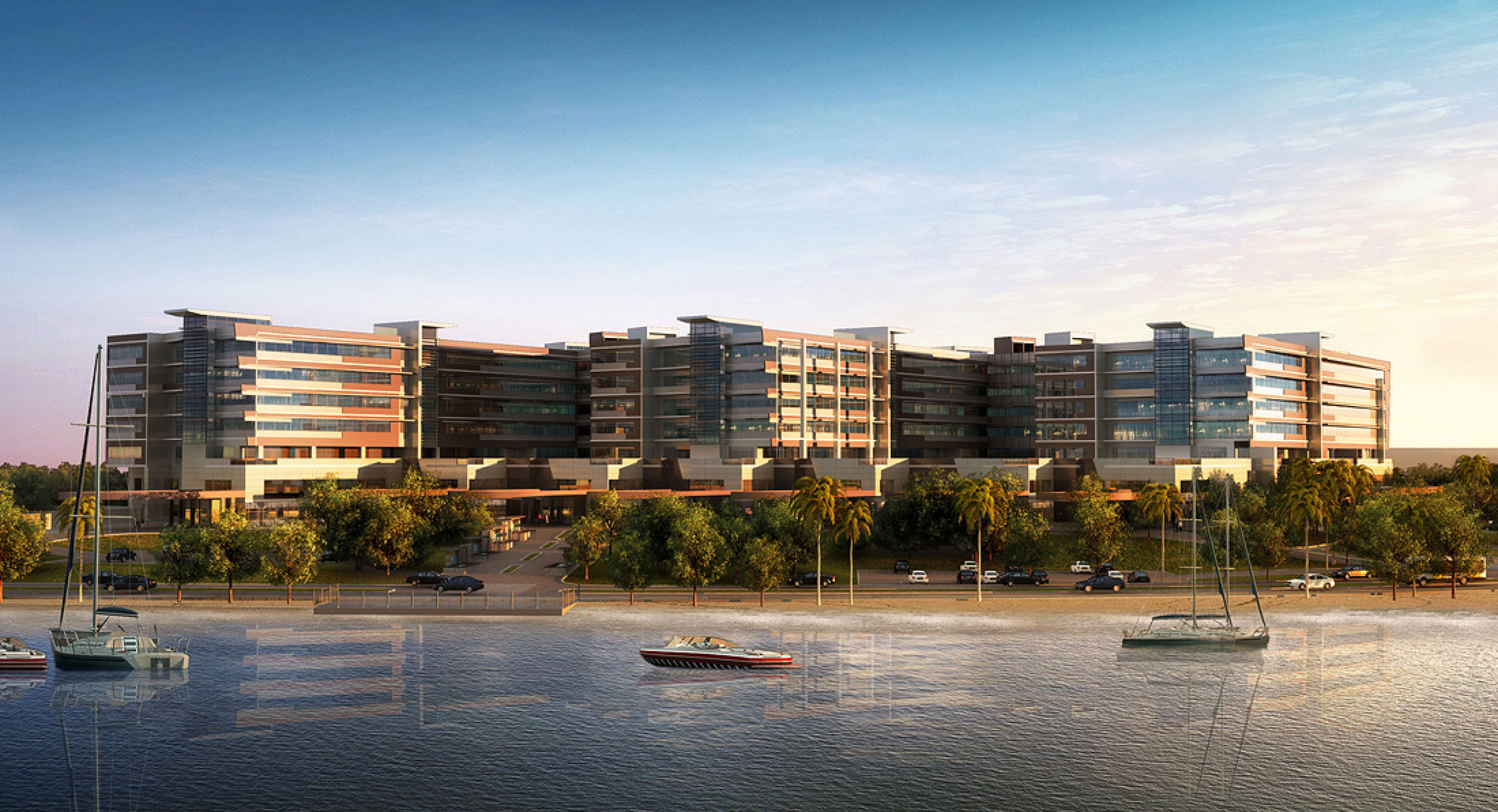
UNESCO World Heritage Site Development – Red Fort HKS Re-Envisions India's Historic Red Fort to Enhance Visitor Engagement and Stimulate the Local Economy
New Delhi, India
The Challenge
The Red Fort is a historic fort in the city of Delhi in India. It was the main residence of the emperors of the Mughal dynasty for nearly 200 years, until 1856. It is in the center of Delhi and houses several museums. In addition to accommodating the emperors and their households, it was the ceremonial and political center of the Mughal state and the setting for events critically impacting the region.
The site currently fails to create a sense of arrival for the visitors. The existing access gates are disorienting and lack the infrastructure facilities required to manage large crowds swiftly. The preservation of monuments is a serious challenge to this site. The large area of the site, coupled with large crowds, has made it difficult for the administrators to keep a check on the physical condition of the buildings within.
The Design Solution
To create a sense of arrival, a welcome zone with consolidated open spaces catering to multipurpose use, around the Red Fort area precincts, is proposed. The Red Fort is envisioned to be integrated with Salimgarh Fort to enhance the tourist experience. The entrance plaza is re-imagined as a no-traffic, pedestrian friendly space with engaging landscape. As part of this intervention, the historical moat has been planned to be revived, with a landscape proposal. Strategies are proposed by HKS design team to activate the plaza and the monument complex during evenings. Owing to the large area of the Red Fort and user comfort, a mobility plan is part of the development strategy to facilitate visitor movement within the complex. A major component of the plan is dedicated towards crowd management and regulation of crowd behavior to align with the architectural preservation of the fort.
The Design Impact
The impact of the development plan will be translated in terms of economic, environmental and social impact to the city. The expected impact on tourist footfall for Red Fort is expected to grow by progressively over the next couple of years. The craft and Old Delhi bazaar will contribute towards employment opportunities for the local community. The increased visitation is expected to catalyze the commercial activity around the area and increase the real estate value around the monument. Long term strategy of pedestrianizing the access road with the entrance plaza will cause significant reduction in pollutant metrics as well as vehicular numbers over a period.
Project Features
- Pedestrian entrance plaza with engaging landscape
- Projection mapping show on the facade of the fort during the evening
- Pathways all along the site to allow Segway and golf carts to be used. Geo-tagging in the implementation of guided routes
- Virtual recreation of historic artworks in the monument building
- Rejuvenation of Salimgarh Fort by providing access from the Red Fort and a new landscape proposal for Salimgarh Fort
- Old Delhi Bazaar at the Salimgarh Fort.




